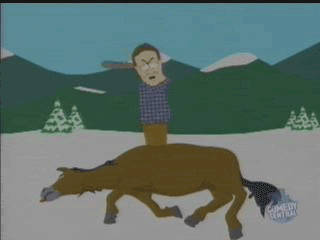Killergaurd
Member
- Joined
- Mar 17, 2017
- Messages
- 85
Montana fish wildlife and parks should be ashamed of its self for how they manage the deer. The only reason I buy a tag is to apply for limited entry aka trophy unit. Even at that are trophy units are poor compared to other states outside of 1 or 2 units. I was born and have lived in region 3 all my life and it is just sad. Just venting, any ideas out there to change management plans or to create more limited entry units.





